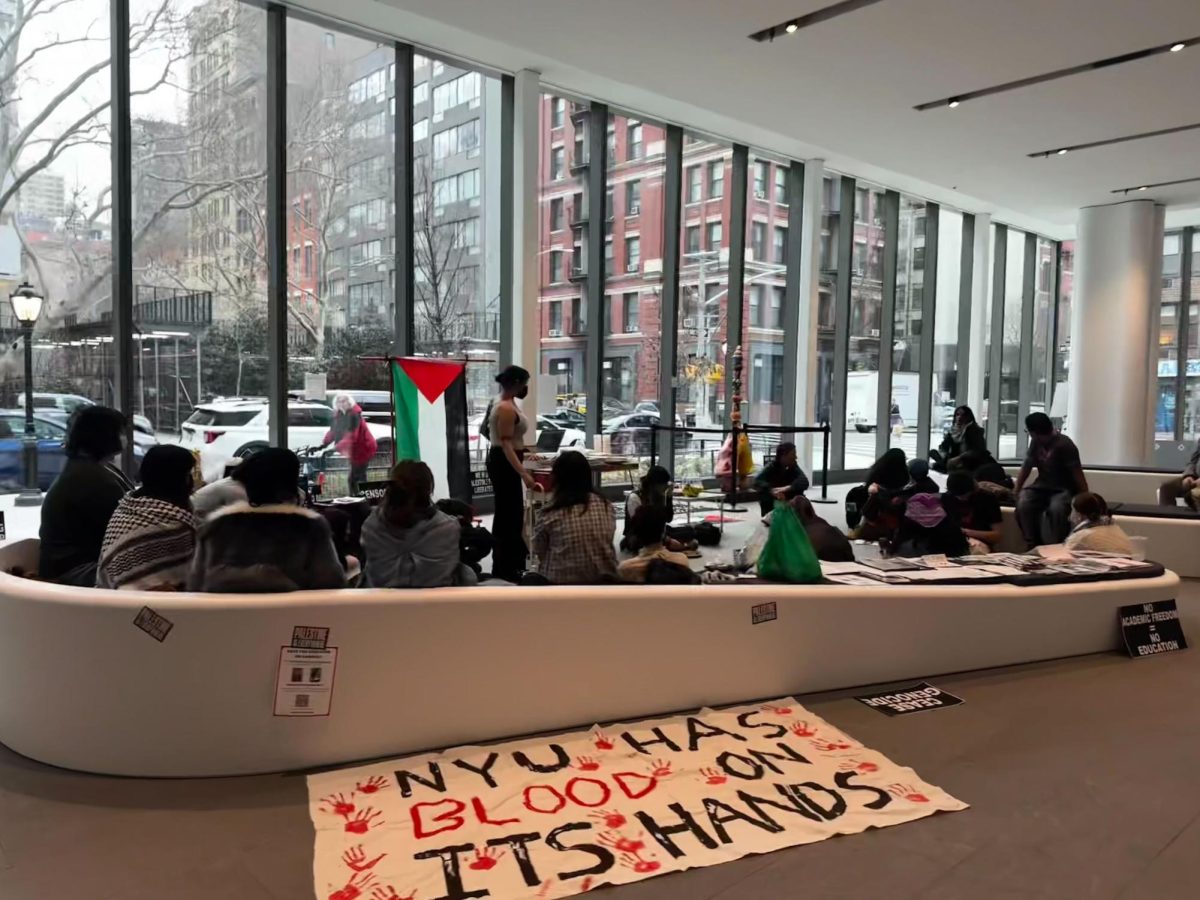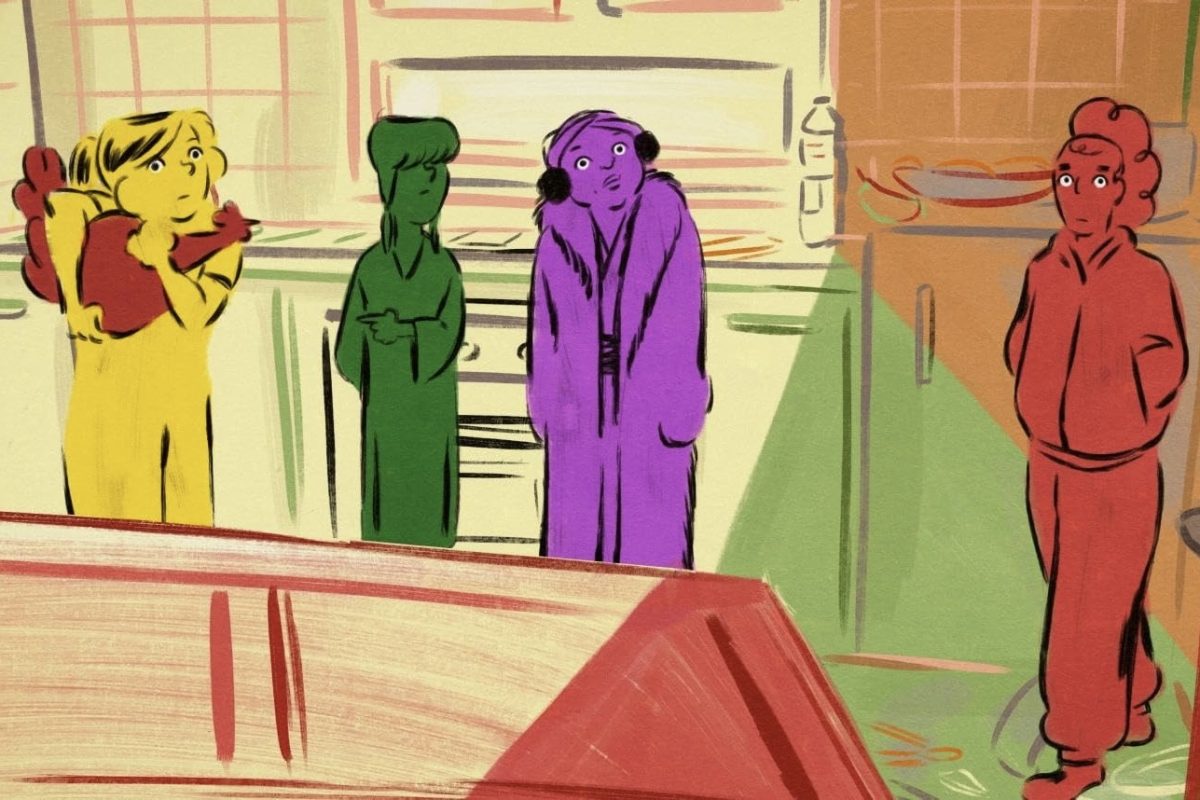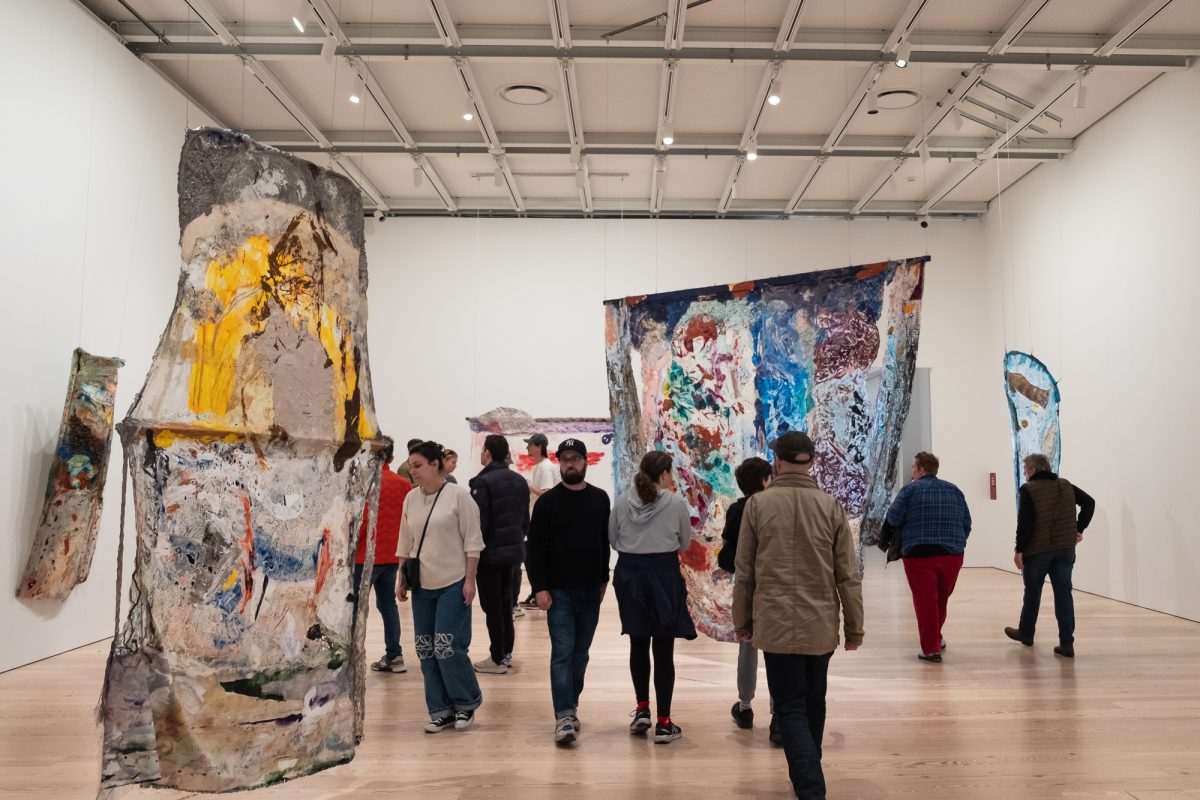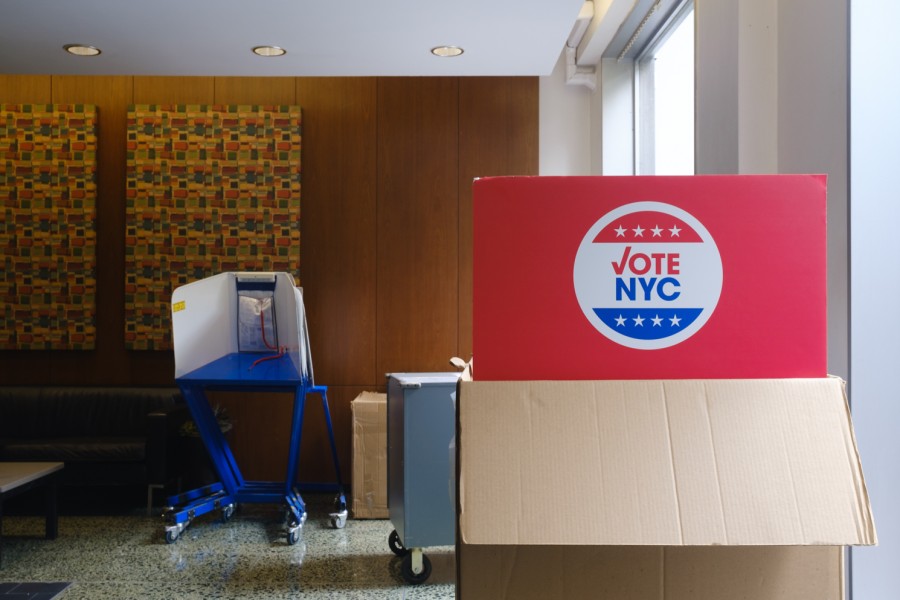Terrance Hayes Opens Fall Reading Series
via nyulocal.com
The NYU Creative Writing Program’s Poet-in-Residence Terrance Hayes was featured at a poetry reading at the Lillian Vernon Creative Writers House.
September 12, 2016
On Sept. 8, the NYU Creative Writing Program kicked off its Fall 2016 Reading Series with a poetry reading featuring the Distinguished Poet-in-Residence Terrance Hayes. A crowd of students, alumni, faculty and general poetry enthusiasts filled the entire first floor of the Lillian Vernon Creative Writers House, bracing the humid night to hear from the writer.
Hayes was slated to read from his newest collection, “How To Be Drawn” — a finalist for the National Book Award and National Book Critics Circle Award — but once introduced, he admitted he would not keep to this collection entirely. In addition to “How To Be Drawn,” the crowd was treated to his works-in-progress and older pieces.
The reading opened with a poem titled “Watermaker,” which immediately gave a clear impression of the kind of storyteller Hayes is. He brought the audience in with an easy friendliness and relatability because of his choice of topics. The narrative of “Watermaker” centers on ideas of family — specifically, the narrator’s grandmother. Hayes enchants his audience by taking common scenes or images and retelling them in an observant manner, making the piece sound otherworldly but undeniably true. Once he finished reading the poem, he reflected upon it (a process he repeated with most of the poems), saying that it held “half-truths.” Hayes’ commentary made the poem seem much more intimate than it otherwise might have and gave a helpful background for audience members who might not have read his work beforehand.
His next piece, “Taffeta,” drew responses of snaps and hums of agreement from the audience. The piece also utilized the “I” narrator in order to convey a greater sense of intimacy to the topics. What stood out about “Taffeta” was how the writer was able to manipulate his audience. At first Hayes led us to focus on the themes of race, manhood and family, but by the final lines, he takes an abrupt turn to sex and gender. The switch very cleverly forces the first parts of the poem to be held in a different light.
Upon completing all of the poems he had intended to read (plus an encore piece upon audience encouragement) Hayes initiated a Q&A session. The night wrapped up with a wine reception and book signing. Hayes offered advice to young writers in response to one question, to which he replied saying that with writing, students believe there to be a pressure to invent but “in fact sometimes it is important to just listen.” He expanded on this advice by saying that with one of the poems he had read earlier the theme had not been his own idea — that the idea of another person inspired him and triggered other ideas which he then used to write.
Hayes will be teaching a graduate poetry course at NYU this semester.
A version of this article appeared in the September 12 print edition. Email Arimeta at [email protected].













































































































































